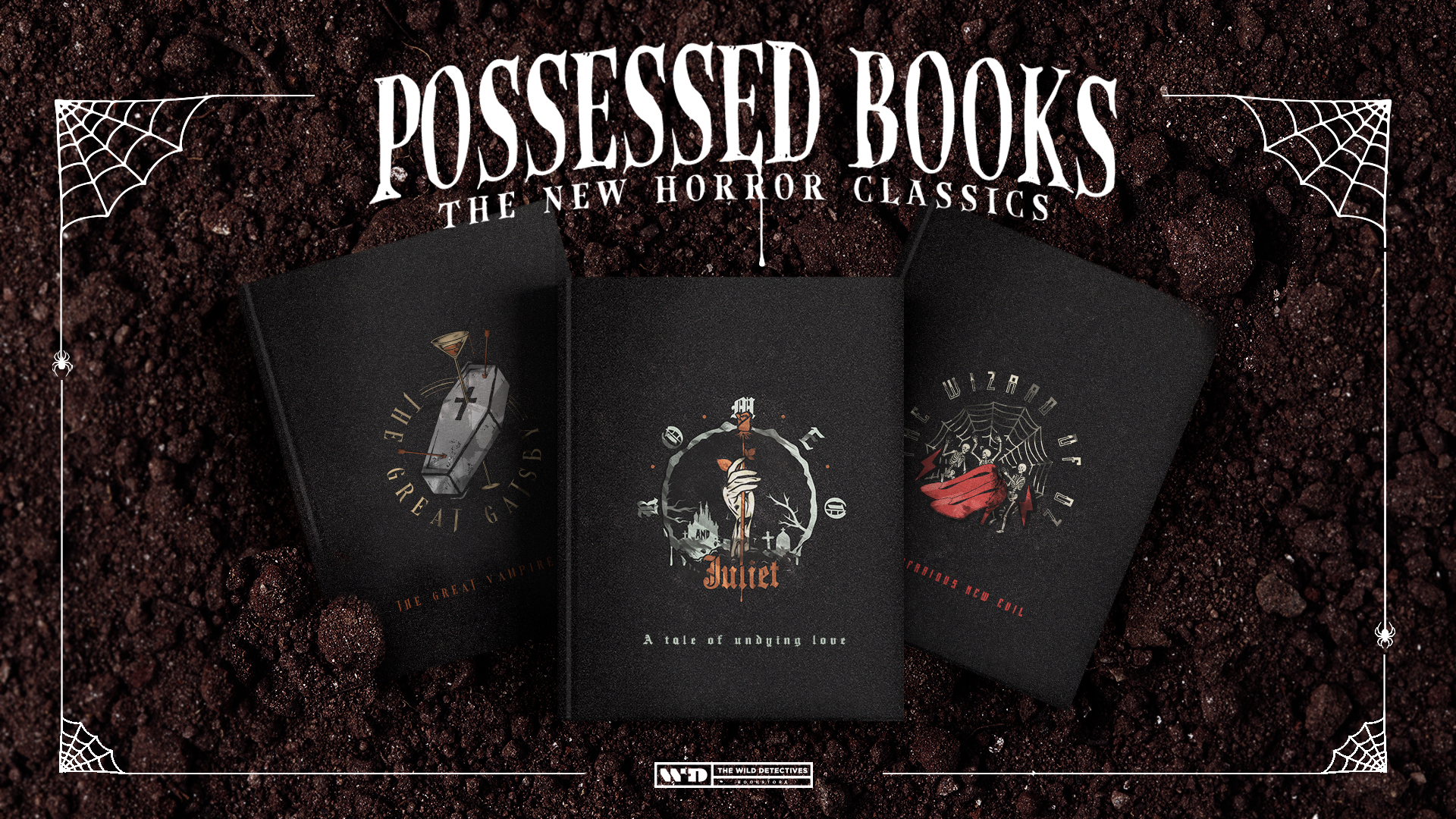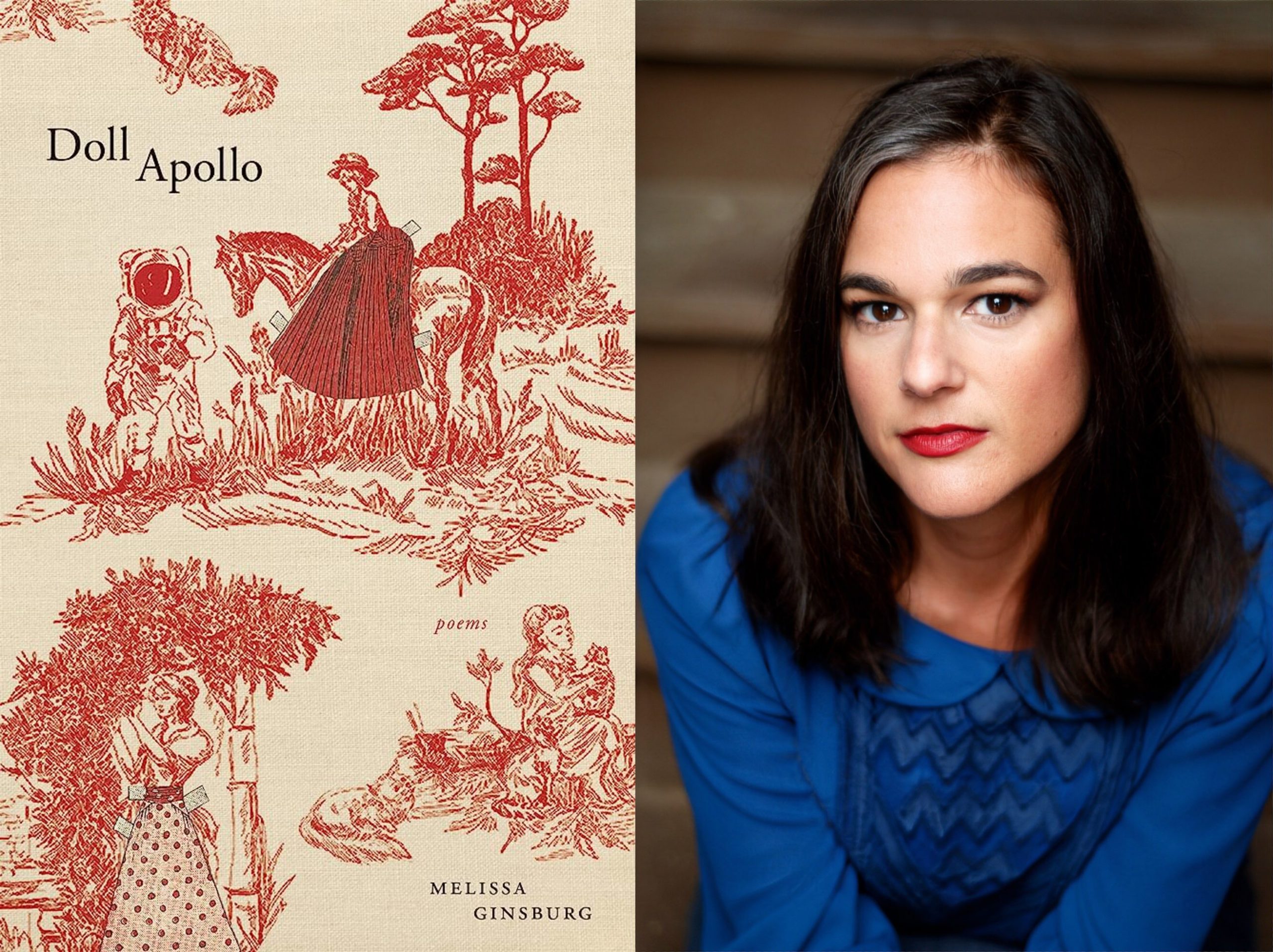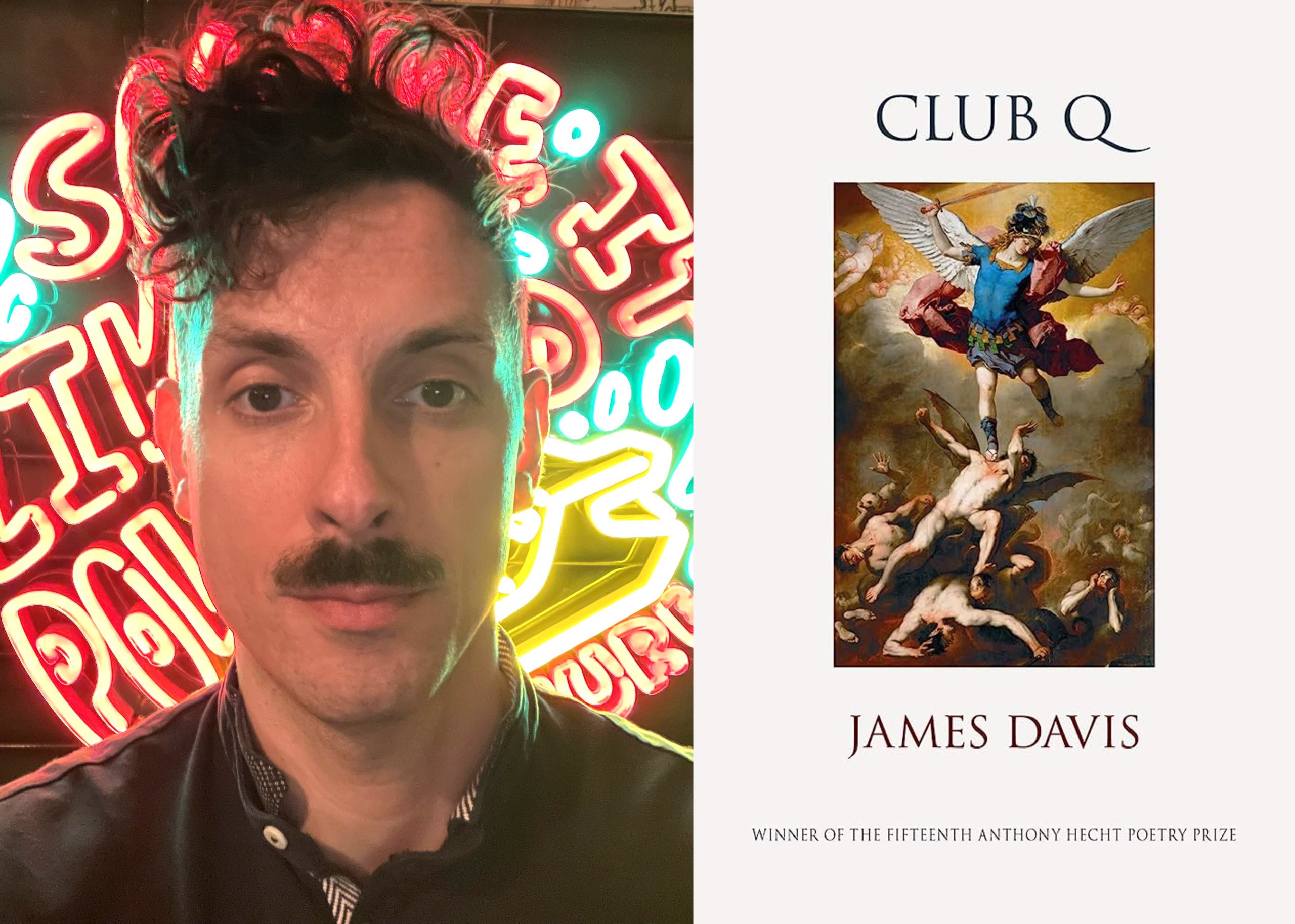In 2009, Reiner Gerritsen started to take pictures of New Yorkers in their daily commutes, an interesting view of people in a space between spaces and a time between times. One of the projects that has come up from that body of work is “The Last Book,” in which the photographer documents people reading in the subway and what they read. It’s interesting to see how certain books combine with their owners, the expected, the unexpected, and how we immediately feel a hint of sympathy for those who read books we love.
It also gives you a first hand information of what people are reading in America, a lot of “50 Shades of Grey”, a lot of “Hunger Games” and “Game of Thrones”, but not too much foreign literature.
His naturalistic approach -handles, bars, windows, doors and passengers getting in the way of the subject, the harsh fluorescent light, instants that lives in the ordinary- places the viewer right in the subway car as a witness of the intimate relation of the readers with their books; in a way, bodies carrying consciousness that isn’t there but living in those pages.
So let us introduce to you to Mr. Gerritsen who, very kindly, has answered to a set of questions we sent to him via email.
The Wild Detectives – How did you come up with this idea?
Reiner Gerritsen – I started working in New York in the beginning of 20o9 and after a few years I suddenly discovered that books were being replaced by tablets and phones. I missed the the information you could get on the covers of books.
WD – In your photographs people seem unaware of your presence, the camera takes a quite vouyeuristic position. Did you generally approach to them to take the picture or were you just another passenger sneaking images here and there?
RG – I am a peeping papparazzi -by the way it is allowed to shoot in the subway, it’s the public space. When people see me, I give them a skip of paper with information about the project. Book readers are 9 out of 10 so dedicated to their books. When they saw me, they always endorsed my project.

WD – In your work, there are a lot of public spaces were people are in transition; stations, trains, ships… What are you looking for in those spaces? What is so special about how people act on those kind of no-spaces that you to find so interesting?
RG – As an antropologist I study people and in the public space I can see a lot of our species together. That makes it easier for me.
WD – In Virginia Woolf’s “To The Lighthouse” (1927), the character Lily Briscoe reflects on what is the right distance from which to paint a portrait, too far and it lacks of intensity, too close and it gets uncomfortable for both, the painter and the subject. I’ve also read Nan Goldin talking about the same issue. I guess it’s common to portraits as a genre. What is the right distance Mr. Gerritsen?
RG – Thanks for this Virginia Wolf quote, I totally agree. I work rather close. If I’m too far away I start missing details that are essential for the composition of the image. It needs to be a balance between foreground and background. It’s the same problem with where the color red is in a picture, believe me or not, that’s an important thing in a photo.
WD – How did people in the train react in general to you taking pictures of them?
RG – Friendly, New Yorkers are so friendly. They are used to camera’s, they want to know what you are doing. After a few days shooting I always feel that i am a part of the subway car alright, but a part of their world too.

WD – Was your approach, something… let’s say encyclopaedic, trying to get as many titles and people as possible or were you looking for interesting combinations of book and human?
RG – Every time I saw someone with a book and the title was visible enough, I pressed the button. From end 2011 till sprint 2014 I shot around 3000 or 4000 titles. Just 1000 were in focus (due to the swinging cars, lot of it is out of focus). I would have preferred to have them all in the book, from aThe to z. Unfortunately that would have made the book too thick, and too expensive to produce.
WD – Books say a lot about the people who read them. Like a jacket, or the shoes. Probably even more. You’re communicating something to the world when you read a book in public. Did people feel confident about the books they were reading once they knew you were gonna take a picture of them?
RG – I didn’t ask them. But I remember very well a lady that was reading “5o Shades of Grey” (2011), and she had made an anonymous dust jacket around it by her self. it’s a pity I couldn’t shoot her because she was too close to me.

WD – I would like to know about how the books they were reading did positioned yourself in relation to those people, to your subjects, or if they did at all. Was your approach different to those people depending on what were they reading?
RG – I tried to be as objective as possible. I shot every person and every book the same way. But I always felt uneasy when people were reading books with erotic content and I could see what they were reading.
WD – What did you learn from this experience?
RG – It’s great to work in America. It’s true that Europe and America are both western countries with the same christian background, but Americans and Europeans are so different, how we look at ourselves, the society. Everything.
WD – Here in The Wild Detectives, we try to curate everything that is worthy culturally wise. Could you help us in our mission by sharing with us some of your favourite picks?
What is your favourite photographer of all time? William Klein
What is your favourite photography book? New York New York by William Klein
What would be the book that you would like to be photographed with? Alice Munro. Well, I just read Amsterdam by Russell Shorto, and the book of Jess Walter about the film star on an Italian island (“Beautiful Ruins,” 2012)

“The Last Book” (2014) has been published by Aperture.










